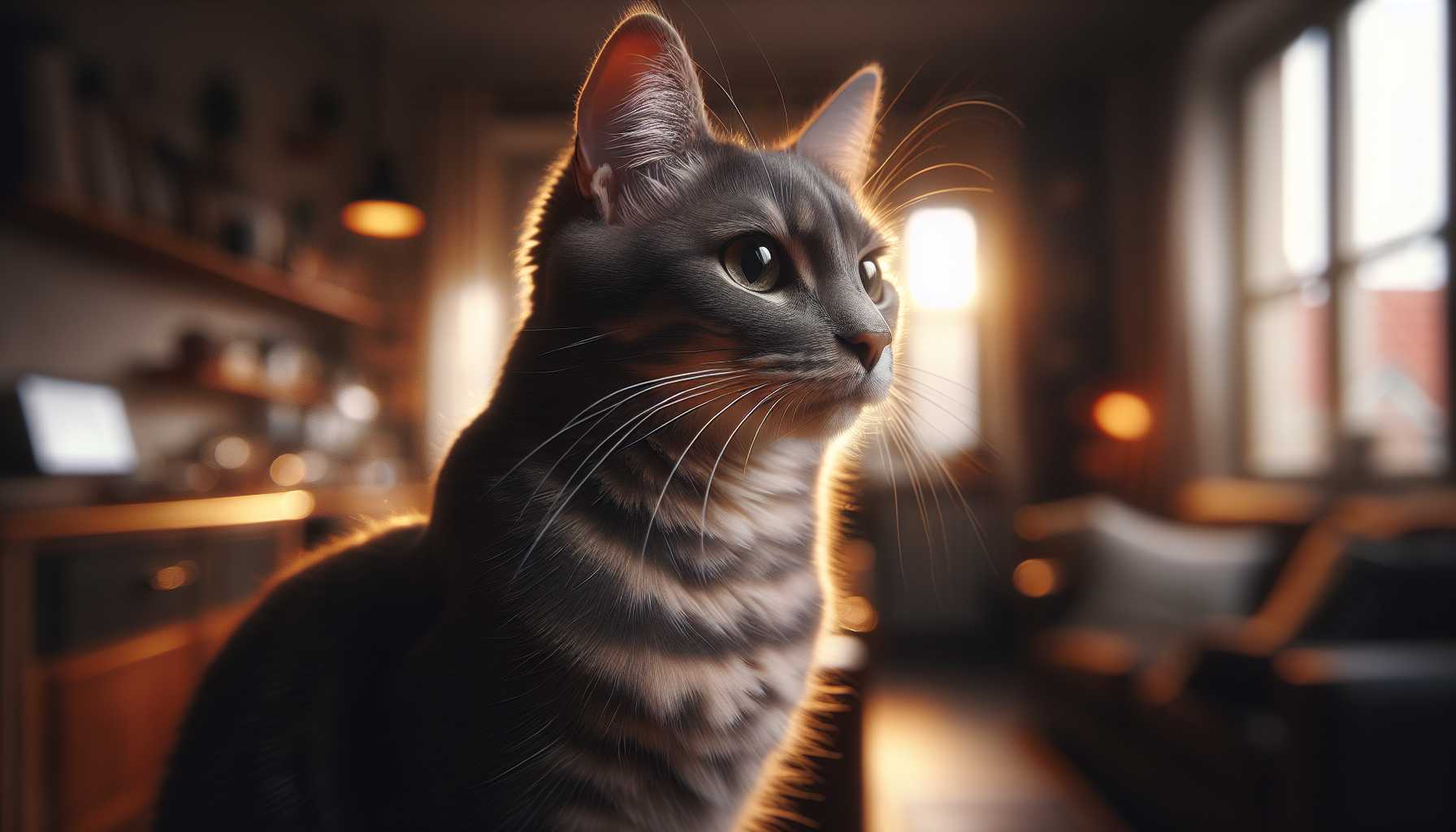Understanding Cat Body Language: Complete Visual Guide

Deciphering Feline Body Language: An In-Depth Visual Guide
Have you ever wished that you could communicate with your cat in their language? While cats are incapable of speaking human language, they consistently convey their feelings to us through their body language. Let's delve into the art of understanding your cat's silent communication!
The Narration of the Tail
Think of your cat's tail as their emotional signboard. A tail erect with a slight bend at its end indicates a pleased cat greeting you. If the tail resembles a bottle brush, it suggests that your cat is alarmed or agitated.
A low, flickering tail is generally a sign of your cat being in a playful or disgruntled mood. That endearing tail shudder you often see? That's your cat expressing sheer thrill and delight!
The Language of the Ears
Your cat's charming ears also shed light on their mood. Ears facing forward and attentive reflect a state of comfort and curiosity. Ears facing sideways or lying flat typically point to your cat being irritable or anxious.
When your cat's ears swivel like mini radar dishes, they're tuning into sounds and staying vigilant. 'Airplane ears' (lying flat against the head) typically indicate your fluffball is in the mood to play or feeling defensive.
The Tale Eyes Weave
The eyes of a cat serve as mirrors to their emotions. Slow blinks equate to feline kisses - a sign of trust and fondness. Try responding with slow blinks too!
Dilated pupils may reflect excitement or fear, while thin slits could mirror aggression or the need to adjust to a bright light. A calm cat will typically have soft, regular-sized pupils.
Body Stances and Their Significance
A calm cat adopts a loaf of bread-like stance -- paws folded, body tightly bound. Presenting the belly demonstrates the pinnacle of trust (although it's not always a request for a tummy rub!).
A back arch coupled with fluffed-up fur represents the iconic 'frightened Halloween cat' posture, suggesting they are startled or defensive. A low crouching stance indicates a readiness to pounce, either in play or hunting mode.
Decoding Facial Behaviors
Keep an eye on their whiskers! Whiskers stretching forward typically hint at inquisitiveness, while pulled-back whiskers might hint at fear or aggression.
That gentle head-bump (also known as 'bunting') is your cat's way of marking you as their own - consider it a huge compliment! Those endearing 'smile' expressions are actually your cat gathering scent data!
Sounds and Physical Gestures
Different cat sounds, or meows, correspond to different emotions, particularly when combined with body language. A chirp paired with a raised tail indicates your cat is thrilled to see you.
Contentment is generally conveyed through purring, but mixed with a tense body language, it might actually represent a self-soothing response.
Grasping Complicated Emotions
Cats sometimes exhibit mixed signals, such as purring while showing aggression. This is normal! Cats, like humans, are complex creatures with layered emotions.
Decoding these signs and understanding cat's emotional language takes patience and dedicated observation. Each cat is unique, so invest time in figuring out the specific communication style of your feline companion.
Take note of their routine behavior patterns; this can help identify when something is amiss. Remember, abrupt shifts in body language might signal health issues.
Recognizing When to Seek Assistance
If your cat's body language undergoes a sudden transformation or they start displaying constant signs of stress or discomfort, don't hesitate to seek professional help. It's always better to be safe and ensure your beloved pet's wellbeing